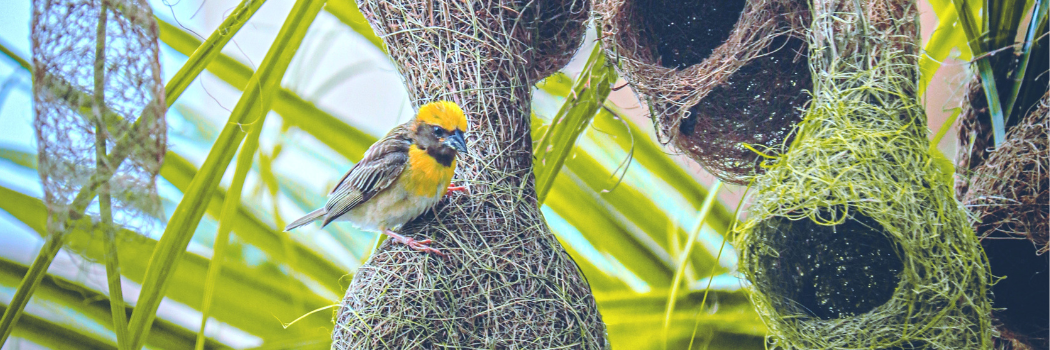
A new study led by a pioneering researcher from our Department of Anthropology has found that birds build hanging-nests, particularly those with extended entrance tunnels, to help protect offspring against nest invaders like snakes and parasitic cuckoos.
Elaborate nests
Researchers examined the relationship between nest design and the length of time offspring spend in the nest before fledging across species of weaverbirds and icterids, two bird families renowned for their complex woven nests.
They found that species building the most elaborate nests, particularly those with long entrance tunnels, produce offspring with longer developmental periods.
Nests with longer entrance tunnels are more effective at hindering access by nest invaders than shorter tunnels and thereby limit the exposure of developing offspring to nest invaders.
Protecting the offspring
Researchers suggest that the complex structural features in these nests do indeed play a role in protecting offspring from predators and brood parasites.
They point out that by building protective structures such as the elaborate nest, birds and other species can deploy greater control over their exposure to environmental hazards.
Their study findings reveal how animal architects such as nest-building birds and burrowing mammals can create protective environments that change how their offspring develop.
The researchers say this may even help to understand the role of shelter-building in human evolution.






